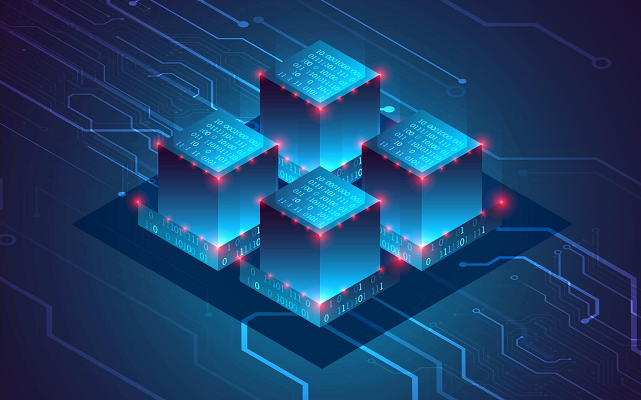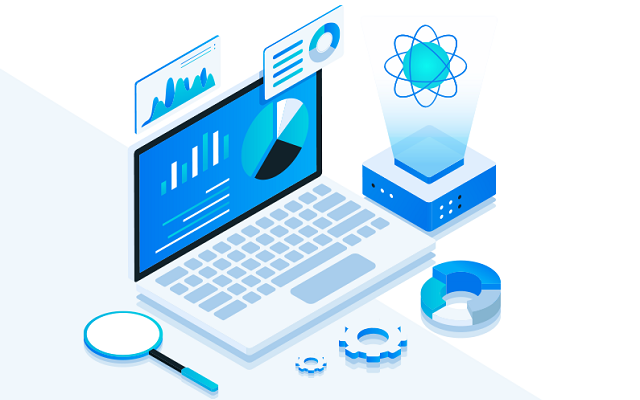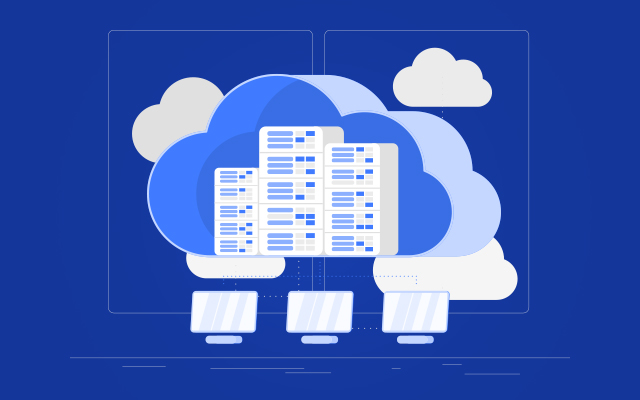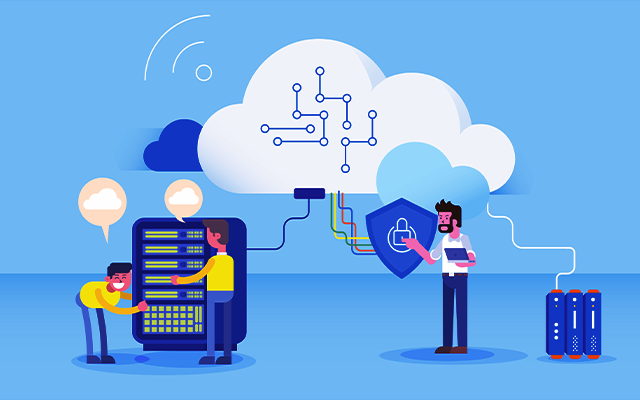This article introduces the practice of using service mesh to deal with service-level disaster recovery.

This article describes how to use Alibaba Cloud Service Mesh (ASM) and Alibaba Cloud Container Service for Kubernetes (ACK) to address zone-level disaster recovery.

This article introduces how to achieve automatic detection of region-level faults and traffic redirection based on ASM.

This article describes how to use ASM to build highly available business systems.

This article shows you how to create effective backup strategies and design disaster recovery systems that comply with security standards for Alibaba Cloud Databases.

This article describes best practices for constructing disaster recovery capabilities for ApsaraDB RDS for PostgreSQL, including same-data-center, zone, geo, and cross-cloud recovery solutions.

This article is based on Su Yashi's speech at the 2024 Apsara Conference.

The article discusses the evolution and expansion of PolarDB-X and the introduction of its Global Database Network (GDN) product feature.

This article introduces Alibaba Cloud Service Mesh Multi-Cluster Practices, specifically focusing on multi-cluster management and network interconnection.

This article introduces the architecture and release notes of PolarDB-X V2.4 and the new clustered columnar index (CCI) feature in PolarDB-X v2.4.

This article introduces the ACK One multi-cluster gateways and their benefits in implementing zone-disaster recovery for multi-cluster applications.

This article explains how to design a disaster recovery architecture and build a resilient system using Kubernetes clusters along with Alibaba Cloud services.

This article introduces how to use ACK One to quickly build a hybrid cloud disaster recovery system.

This article describes the details of Cloud Backup, which is a backup service of Alibaba Cloud.

This article explains the best practice of using a cutting-edge product combo to help users transfer data in a safe, reliable, and cost-effective way.

This blog addresses the common issues with cybersecurity for enterprise data, and discusses how cloud storage can help you overcome these challenges.

Part 8 of this series discusses one of the core problems of distributed systems: availability.

This article discusses system disaster recovery, common fault types, and multiple solutions.

This article explains why implementing a multi-active application disaster recovery architecture and organizational collaboration are becoming more important for cloud users.

In this blog, we introduce the open-source AppActive middleware and discuss its usefulness to cope with a wide variety of disaster recovery scenarios.
